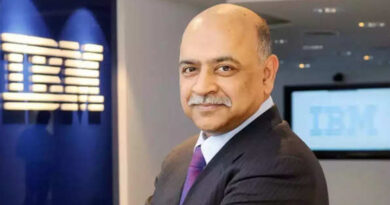Bounce Back Indian Economy, World Bank Hoping for Stronger GDP after Facing Corona
After facing the Coronavirus crisis strongly, the Indian Economy is moving forward again. The World Bank says that India’s economy has made a comeback in the last one year after the COVID-19 pandemic and nationwide lockdown. However, the threat still remains. The World Bank, in its latest report, has predicted that India’s GDP growth for the fiscal year 21-22 could be 7.5 to 12.5 percent.
Speed was slower than before
The South Asia Economic Focus report released ahead of the annual Spring Meeting of the World Bank and the International Monetary Fund (IMF) stated that the economy was slow even before the Corona epidemic unfolded. After reaching 8.3 percent in FY 2017, the growth rate had come down to 4.0 percent. The slowdown was due to a decrease in private consumption growth and a setback from the financial sector (the collapse of a large non-bank financial institution).
GDP growth could be as much
According to the news, the World Bank has stated that real GDP growth for FY 21-22 could be 7.5 to 12.5 percent, given the significant uncertainty related to both the epidemic and policy development. It depends on how the vaccination campaign moves forward, whether new restrictions are necessary for mobility, and how quickly the world economy recovers. Hans Timmer, the chief economist of the World Bank for the South Asia region, told a news agency that it is amazing how far India has come compared to a year ago.
Challenges still remain
Hans Timmer said that if you thought a year ago, the situation was very bad. But now India is bouncing back, has opened many activities, has started vaccination and is also ahead in vaccine production. However, the situation is still incredibly challenging, as the epidemic is increasing. The economist said that it is a big challenge to vaccinate everyone in India. There are many parts of the economy, which have not been cured till now. There is also a big concern about financial markets. The report said that due to normal economic activity, domestic and major export markets are expected to return to the current account’s mild deficit (around 1 percent in FY 22 and 23) and sustained monetary policy and abundant capital inflows. The volume is estimated to be the position of international liquidity.
This thing said on Poverty Line
Given that COVID-19 will create a long-lasting gap in India’s fiscal treasury, the report said that the general government deficit is expected to be above 10 percent of GDP by FY22. As a result, public debt is projected to reach around 90 percent of GDP in FY21 before gradually decreasing. As development resumes and labor market prospects improve, poverty reduction is expected to return to its pre-epidemic trajectory. The World Bank said that the poverty rate (on the USD 1.90 line) is projected to return to pre-epidemic levels in FY22, and will fall between 6 and 9 percent to 4 to 7 percent in FY24.


